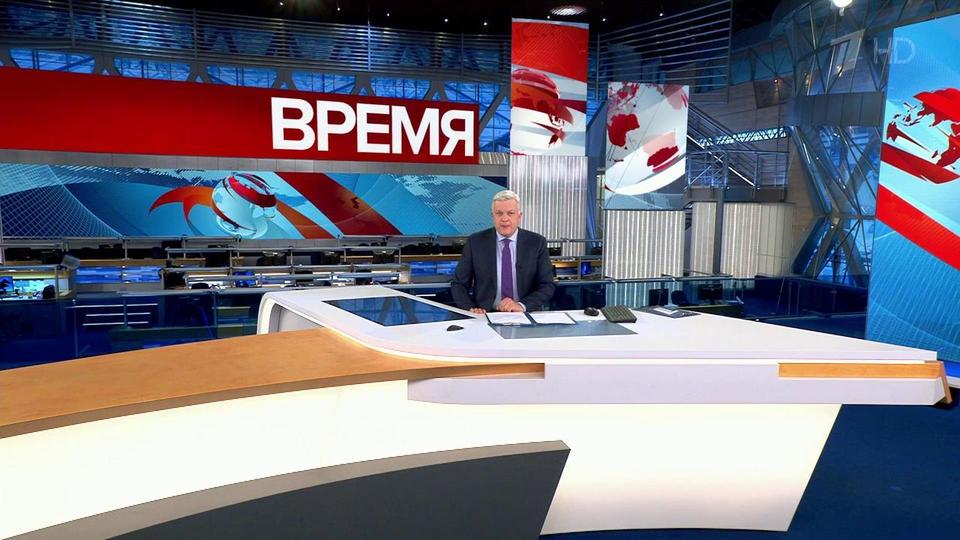Many associate society Fujifilm mainly with cameras, however, this company has a much larger scope and along with IBM has been cooperating on the development of magnetic tapes for 15 years. This technology, which has been used commercially for 60 years, still has a lot to say today and is a reliable and relatively inexpensive way to archive data. These companies have set five records since 2006 and are now reaching sixth in 2020. For all this may be the use of strontium ferrite instead of the typical barium ferrite used for the last decade. There, a density of 123 billion bits per square inch for 220TB tapes was achieved 5 years ago, however, the new technology reaches even 317 billion bits.
–
The result is that on a 1255 meter long tape (with a thickness of only 4.3µm) can be saved 580 TB that. IBM and Fujifilm compare this to a 786977 stacked CD, which would create a 944 meter high tower. It would then be larger than the tallest building in the world, Burj Khalifa. This reminds me a bit of the situation from 1994, when Bill Gates presented the CD as a medium that can hold as much text as 330,000 A4 sheets 34 meters high (he presented it on 2 columns 17 meters high). And today, paradoxically, CD is like a state of the art, although it was developed much later than magnetic tape.
–
It is also interesting that new reading head control technologies can set the position with an accuracy of 3.2 nm. Because strontium ferrites allow a smoother surface to be achieved than the original materials, the head can be closer to the tape and higher transfer rates can be achieved. Interestingly, the tape moves under the head at a speed of 15 km / h.
Prices of related products:
–
.jpg)

